MOVING THOUGH-TIME
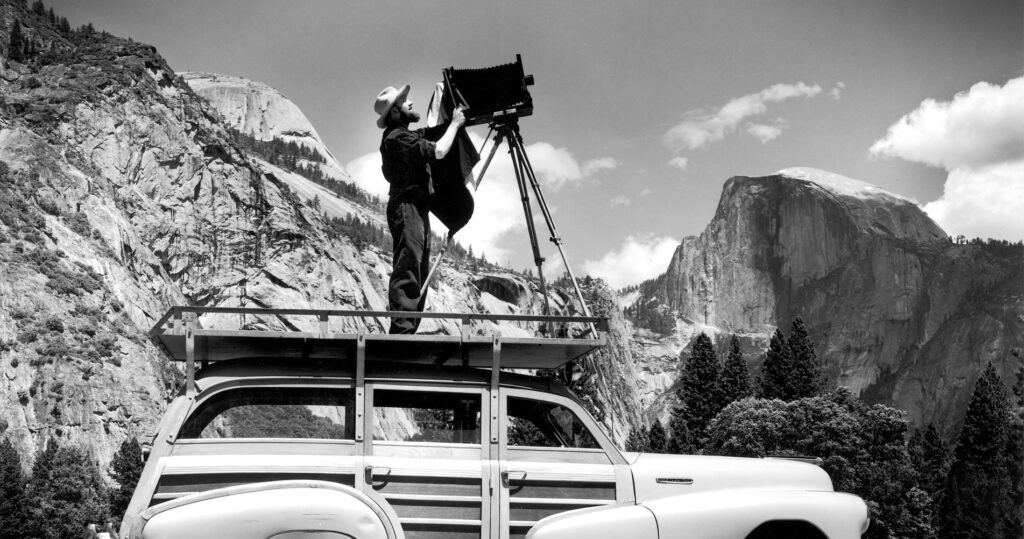
From my research on this topic, I found out that in America the first well-known documentary project started in the year 1861 when Matthew Brady, a respected portraitist with a major studio in New York along with a team of photographers, which included Timothy O’ Sullivan, Alexander Gardner, and George N. Barnard, to the battlefields of the Civil War.
One of the top photography documentaries would be Angel Adams: A documentary film on one of the most important landscape photographers of all time with the majority of his images being in the black and white format. The documentary was written and directed by award-winner filmmaker, Rie Burns, ten ninety-minute documentary pays tribute to Adams’s extraordinary Photographic skills. And then released by PBS in 2002.
The Farm Security Administration with a total collection of 170,000 photographs which is located in the library of Congress. And has been a treasure trove for researchers for more than 60 years, the photos were created by a special documentary unit that existed in a succession of three U.S. government agencies during the latter half of the Great Depression of the 1930s counting and finally concluding its work during the early 1940s as the United States prepared after the attack on Pearl Harbor.
The Farm Security Administration was a new deal agency created in 1937 to combat rural poverty during the great depression in the United States. President Roosevelt created the farm in 1937 to aid poor farmers sharecroppers, tent farmers, and migrant workers it developed out of an earlier New Deal agency called the Resettlement Administration (RA). The collection has also been mined by researchers for illustrations on books or television documentaries and others have used it to gain a bit of knowledge on different historical periods and how photographers did their work and also to track cultural changes in the nation.
The FSA Photographer often approach their subject in the manner of a photojournalist and spent some time of the subject building courage and producing a series of images of a family farming operation or a community. Rotenstein’s 1937 trips to geez were taken place during a period of change for the resettlement administration in January where the agency had been moved into the Department of Agriculture and in July an act of Congress shifted its functions including the photo unit to the newly created farm Security Administration the FSA.
In the late 1960s, the American landscape was ravaged by decades of unchecked land development, blighted by urban decay in the big cities, and plagued by seemingly unstoppable air, noise, and water pollution. Lewis Wo Hine studied sociology before moving to New York in 1901 to be was born in Oshkosh. Best known for the documentary images of child labor practices that he produced under the aegis of the national child labor committee from 1911 to 1916.
What I think that we do with documentary Photography is a way to look into the past and each image that makes part of that collection has a specific story to tell like the old saying goes “A picture is worth a thousand words, but a memory is priceless”- GraciousQuotes.com and afterward its kept in an archive as part of the city’s history. Gordon Roger, Alexander Buchanan Parks on November 30, 1912, through March 7, 2006, was an American photographer, musician, writer, and film director, who became prominent in U.S. documentary photojournalism in the 1940s.
One of the first photo exhibits is 1984: The Photographs of Gordon Parks located in the Minnesota Museum of American Art. It honestly a lot of information to take in all at once but I found it very satisfying to learn a bit more about Photographic Documentary time passes so fast that it’s good to have a way to remember the past and not to forget our roots where we came from what events shaped us into the person we are today.

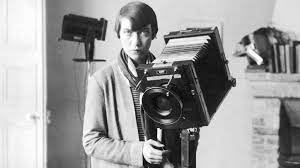

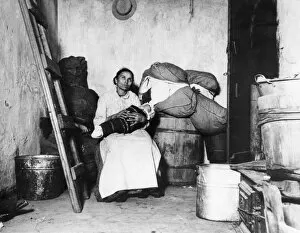



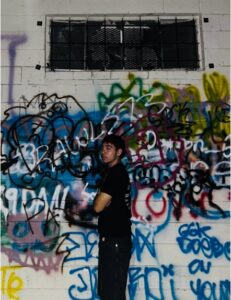
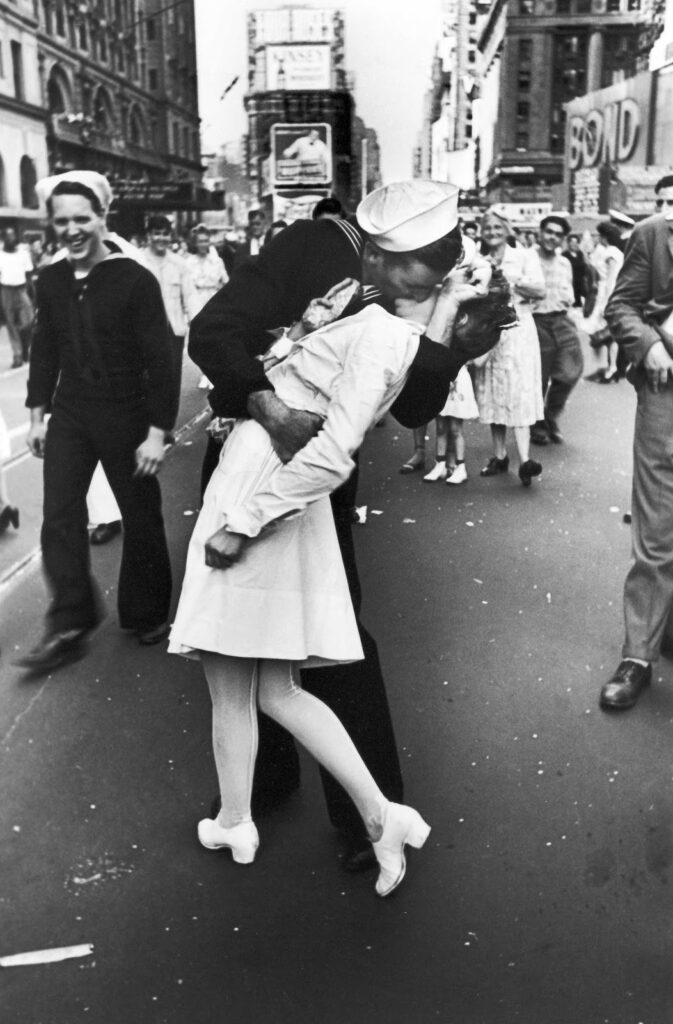
Really nice paper Ivan.
Ansel Adams… the The “Maestro!” Love that image. What a car! Looks like he was really enjoying being out there, big camera.
Love that you picked up on the FSA. Good commentary. Did I miss comments on Berenice Abbot (you posted her portrait)? Her documentary work in NYC was important and also her mentor in Paris (Atget).
Excellent Paper.